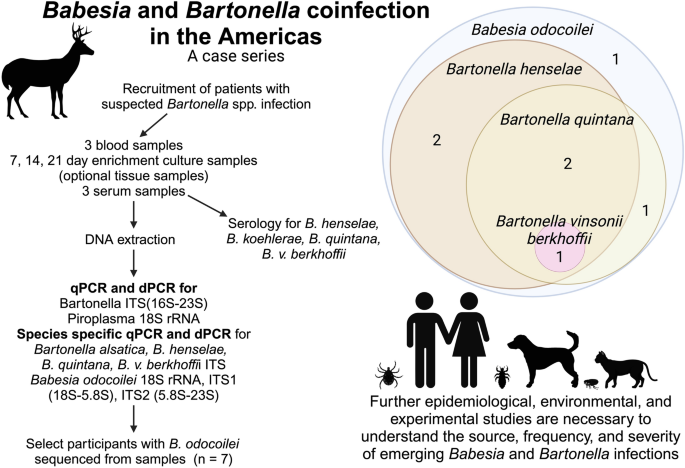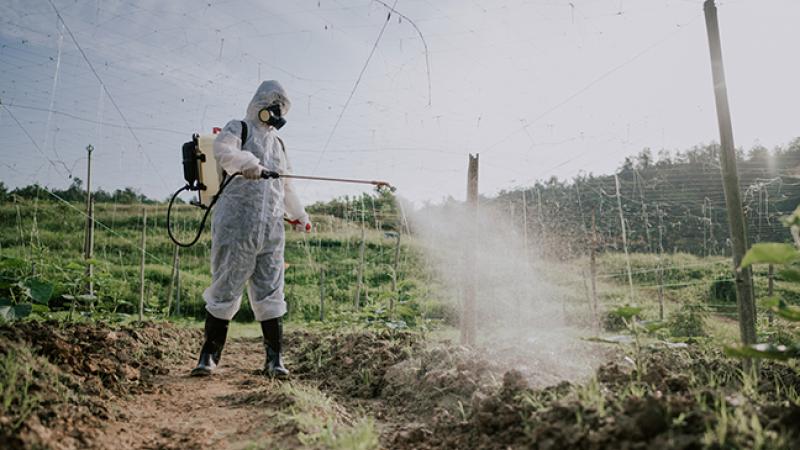2024-07-15 マサチューセッツ工科大学(MIT)
<関連情報>
- https://news.mit.edu/2024/study-reveals-how-anesthesia-drug-induces-unconsciousnes-0715
- https://www.cell.com/neuron/fulltext/S0896-6273(24)00446-X
プロポフォール麻酔は大脳皮質全体の神経ダイナミクスを不安定化させる Propofol anesthesia destabilizes neural dynamics across cortex
Adam J. Eisen,Leo Kozachkov,André M. Bastos,Emery N. Brown,Ila R. Fiete,Earl K. Miller
Neuron Published:July 15, 2024
DOI:https://doi.org/10.1016/j.neuron.2024.06.011
Graphical abstract

Highlights
- We developed DeLASE, a method for quantifying changes in neural stability
- During propofol-induced unconsciousness, neural activity was destabilized
- Destabilized artificial systems had similar dynamics to the destabilized brain
- Increasing inhibition, as propofol does, destabilized artificial network activity
Summary
Every day, hundreds of thousands of people undergo general anesthesia. One hypothesis is that anesthesia disrupts dynamic stability—the ability of the brain to balance excitability with the need to be stable and controllable. To test this hypothesis, we developed a method for quantifying changes in population-level dynamic stability in complex systems: delayed linear analysis for stability estimation (DeLASE). Propofol was used to transition animals between the awake state and anesthetized unconsciousness. DeLASE was applied to macaque cortex local field potentials (LFPs). We found that neural dynamics were more unstable in unconsciousness compared with the awake state. Cortical trajectories mirrored predictions from destabilized linear systems. We mimicked the effect of propofol in simulated neural networks by increasing inhibitory tone. This in turn destabilized the networks, as observed in the neural data. Our results suggest that anesthesia disrupts dynamical stability that is required for consciousness.


